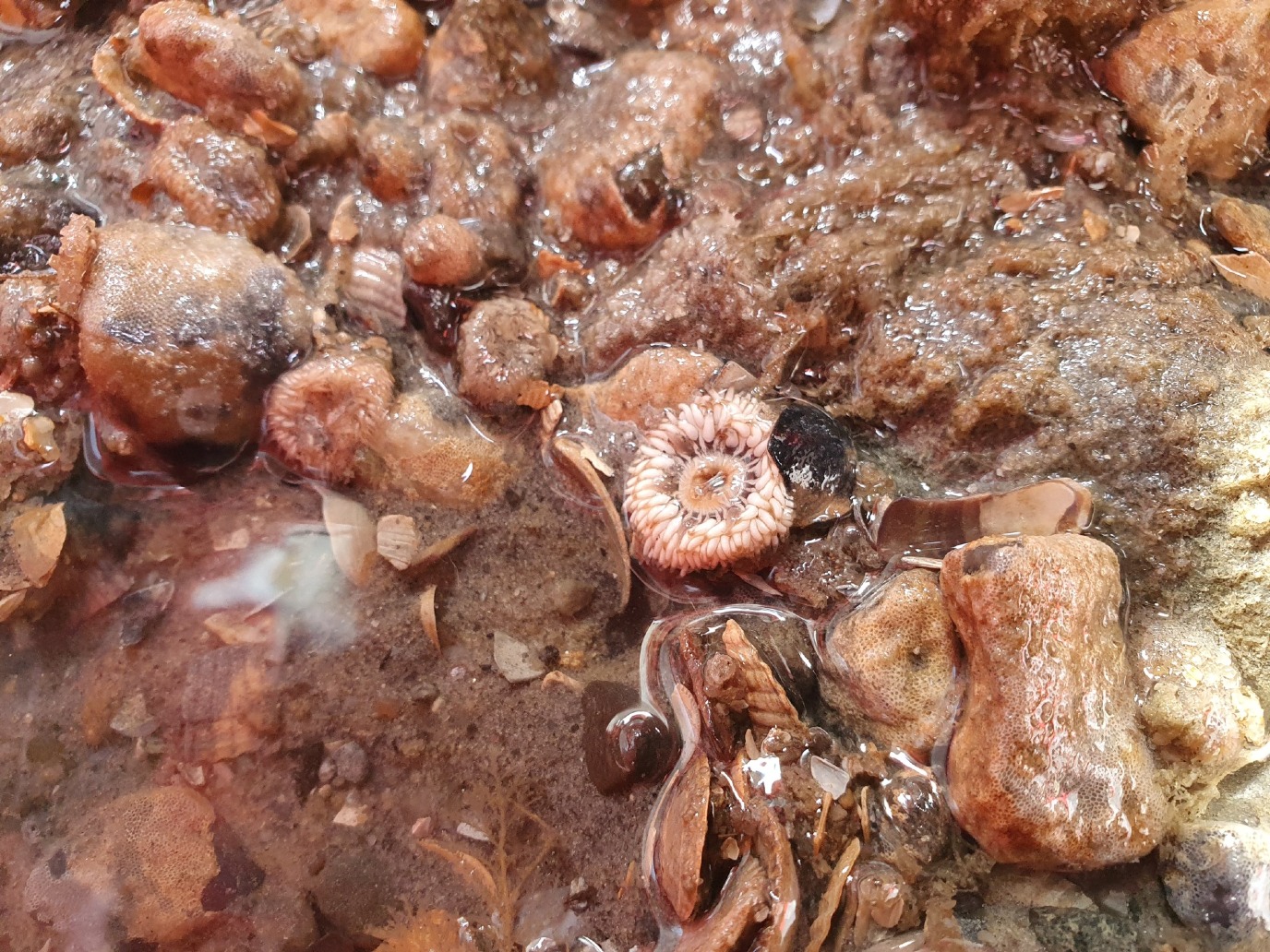Research shows shortcomings in protection of underwater nature Wadden Sea
To enable the timely publication of the English version of this text, translation software was used. A verified and potentially modified version of this translation will be published as soon as possible.
New results from the Wadden Mosaic research programme show that only 10 percent of the underwater nature in the Wadden Sea is effectively protected. Moreover, protection measures, such as the designation of protected areas, still often appear to target the wrong places. The study was conducted by a collaboration between the University of Groningen, the Royal Netherlands Institute for Sea Research (NIOZ) and Natuurmonumenten. The results were published in the scientific journal People & Nature on 27 November

With the results of this study, maps of ecological hotspots in the Wadden Sea, areas that house high biodiversity or fulfil important ecological functions, have been produced for the first time. These are both spots with a rich species composition and areas that are particularly sensitive to benthic disturbance. In these areas, which are permanently underwater, live piers, shellfish, starfish, sponges, shrimps and crabs. These species form the basis of the food chain in the Wadden Sea and provide insight into the stress resistance and recovery capacity of nature.
Besides the biodiversity inventory, all conservation measures and threats were mapped for the first time for the submerged part of the tidal flats. This map was then compared with that of the ecological hotspots. This gives an insight into the current state of protection of our underwater nature. It shows that this protection is completely inadequate. The areas most valuable for nature, for example those with the highest biodiversity, are in practice hardly protected or not at all.
The study shows that human and economic activities are restricted in only 10 percent of the underwater part of the mudflats, while only 2 per cent can be classified as completely free of disturbance. Because completely disturbance-free spots are very scarce, we do not know how rich the Wadden Sea can really be. Moreover, most of these places have only recently been closed.

Rich nature reserve
What we do know is that the Wadden Sea is the most important nature area in the Netherlands. Its richness is most visible through the millions of migratory birds that visit the Wadden Sea every year. Less well known is the importance of nature in the parts that are permanently underwater. These areas house fish, shellfish, shrimps, as well as mammals such as seals and porpoises. The shallow coastal sea has an important function as a nursery for many fish species. A richly variegated mudflat bottom, with diversity of bottom species is essential for the food web in the Wadden Sea and all the species associated with it. This important role of the Wadden Sea is partly the reason for its protected status as a Natura2000 area and designation as a Unesco World Heritage Site. Unfortunately, this does not mean that the current protection measures in the Wadden Sea are sufficient to safeguard these values.
A patchwork of protection measures
We know from previous studies that in the Wadden Sea many natural riches have disappeared due to human activities. It is therefore no surprise that many attempts have been made to protect underwater nature. However, due to the multitude of interests, in practice this has resulted in a patchwork of protection measures. Comparing these measures with current use and all exceptions, only a marginal area remains (10 per cent) that may qualify as a marine protected area according to international standards. In this, the Netherlands is not unique. Recent research shows that throughout Europe the protection of marine nature leaves much to be desired.
It has been agreed in a European context that nature in the Wadden Sea should not deteriorate any further. Nature organisations, governments, scientists and interest groups have therefore made agreements on how to achieve a rich Wadden Sea, where nature can recover and fully perform its indispensable role for migratory birds and as a breeding ground for fish stocks. The results now presented confirm that we are still inadequately protecting the most precious Wadden Sea nature.
More information
-
Read the article.
-
Information about research programma Wadden Mosaic.
| Last modified: | 27 November 2024 2.38 p.m. |
More news
-
21 November 2024
Dutch Research Agenda funding for research to improve climate policy
Michele Cucuzzella and Ming Cao are partners in the research programme ‘Behavioural Insights for Climate Policy’
-
13 November 2024
Can we live on our planet without destroying it?
How much land, water, and other resources does our lifestyle require? And how can we adapt this lifestyle to stay within the limits of what the Earth can give?
-
13 November 2024
Emergentie-onderzoek in de kosmologie ontvangt NWA-ORC-subsidie
Emergentie in de kosmologie - Het doel van het onderzoek is oa te begrijpen hoe ruimte, tijd, zwaartekracht en het universum uit bijna niets lijken te ontstaan. Meer informatie hierover in het nieuwsbericht.
